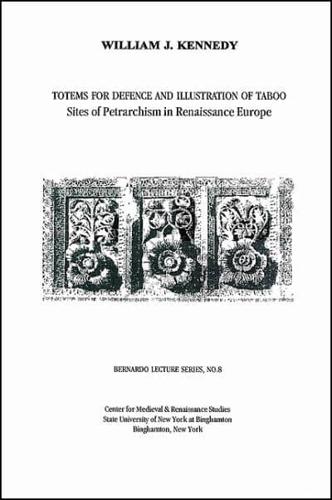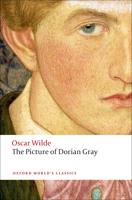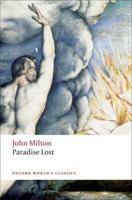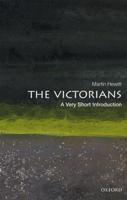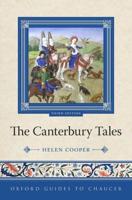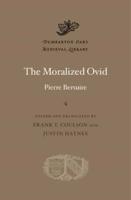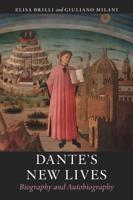Publisher's Synopsis
Totems for Defense and Illustration of Taboo: Sites of Petrarchism in Renaissance Europe is the eighth in a series of publications occasioned by the annual Bernardo Lecture at the Center for Medieval and Early Renaissance Studies (CEMERS) at Binghamton University. This series offers public lectures which have been given by distinguished medieval and Renaissance scholars on topics and figures representative of these two important historical, religious, and intellectual periods.Critical comments appended to early printed editions of Petrarch's Rime sparse, Kennedy argues, inflected the reception and understanding of Petrarch's vernacular poetry in Renaissance Europe. Through their critical intervention one particular focus of the poetry—the author's expression of his specifically Italian social, cultural, and political identity—came to acquire a protonationalist value for his later readership. Consequently the Petrarchan sonnet, the most widespread vernacular literacy mode in elite circles of sixteenth century Europe, became a site for early expressions of national sentiment and convictions about the formation of national cultures. This paper explores how Du Bellay and the Pleiade poets in France, and Philip Sindey and his niece Mary Wroth in England expressed conflicts between their wishes to project a broad vision of emergent national identities on the one hand and their compulsions to protect the specific interests of their own social classes on the other.
